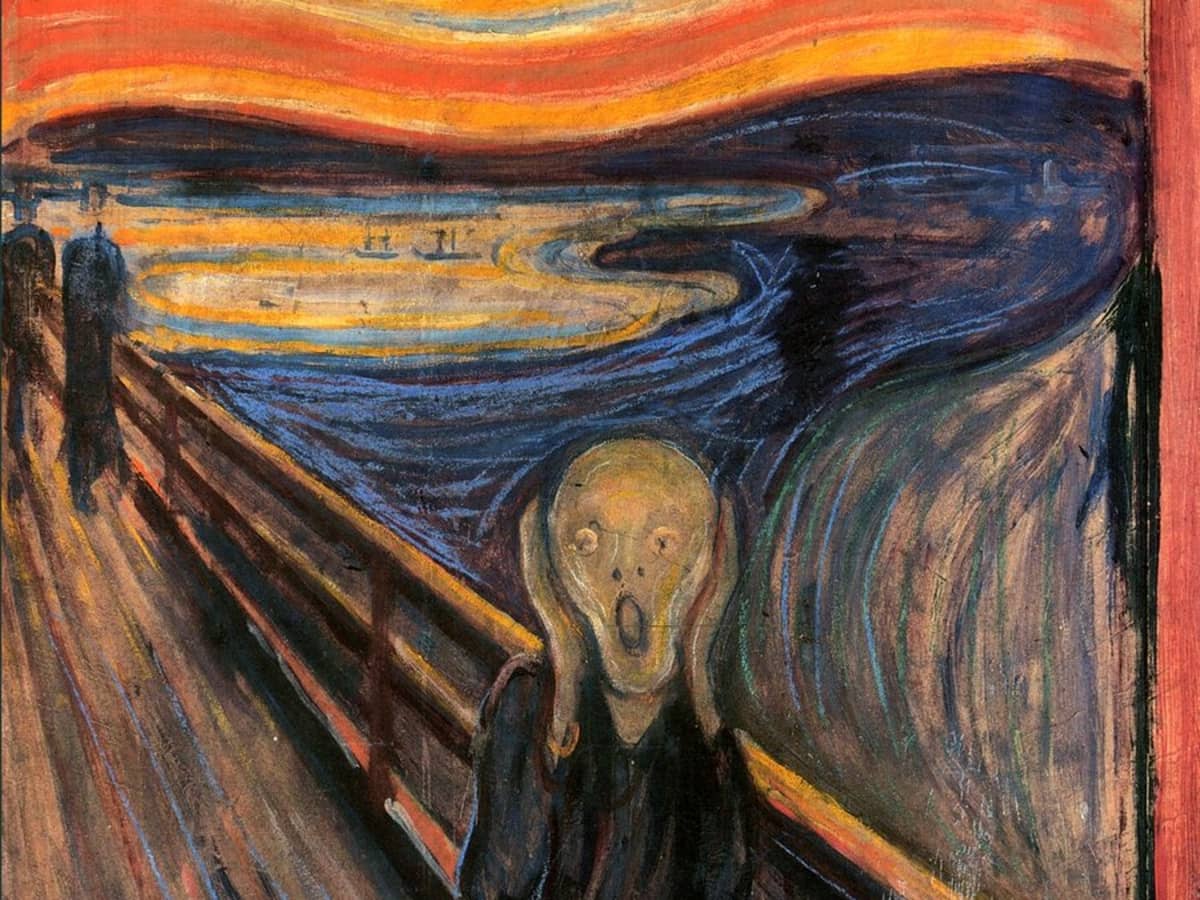When discussing sustainability, we usually think about fashion, transportation, or the manufacturing industry. It is more obvious to see the impacts of the physical production from these industries. However, we often need to pay more attention to the role of sustainability within the design sector, especially with digital design. While the internet does not physically exist that we can only see it on a 2-D screen, the making of the internet run is real. It takes a lot of power (literal electric power), and space to make sure things run smoothly in reality.
Everything is saturated nowadays yet we always find ways to produce more. The abundance of choices prompts us to choose something new, rather than fixing what we have. Especially in the digital space, it is easier than ever to create, so it's exciting to come up with new solutions, with the hope of saving the world, that so often we spend too much time and effort inefficiently.
The collection of three readings by Ellison, Chimero, and Casey shares different perspectives and concepts about the current design space. While some talk more about designs for physical products, the main ideas also apply to digital design sustainability:
Can Designers Save the World Without Creating More Stuff? by Chappell Ellison talks about the concept of utilizing what’s at hand without producing more to solve a problem.
Everything Easy is Hard Again by Frank Chimero discusses how web design and development have been rapidly changing - things get too complicated, confusing, and hard to keep up, to the point of exhaustion. This rigorous continual change prompts us to look within and challenge the personal design approach and mindset, keeping the industry running sustainably.
The Designer's Dilemma by Valerie Casey focuses on the environmental aspect of design. The big question is “how can we resolve ourselves to the incremental improvements that are necessitated by today's increasingly complex culture” as a designer? As the world is getting more and more complex, a simple answer to invent or improve is not enough to solve compound and interconnected issues. The reading provides a starting point for conversations about changes, and some solutions that the design community contributes collectively and individually.


